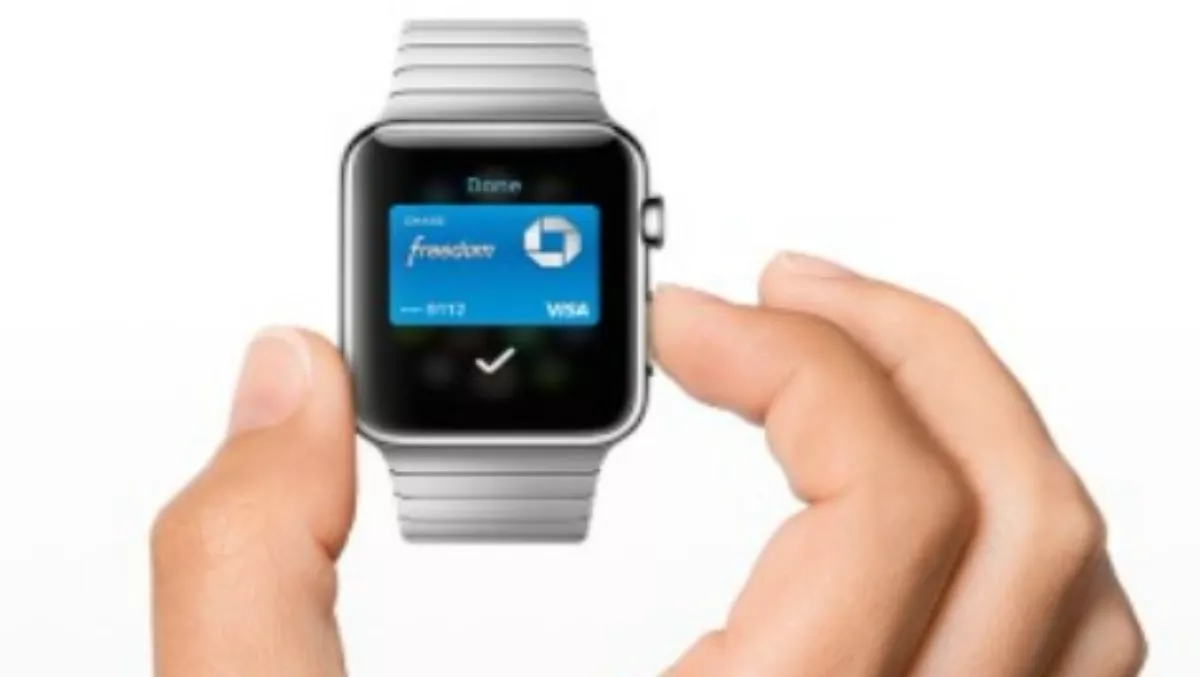
Apple Pay will change the way you buy everything
Apple launched Apple Pay at the start of this week, giving consumers a taste of near field communication payment technology.
NFC allows consumers to make purchases in store using an iPhone 6, iPad or Apple Watch (2015), by bringing it close to a compatible terminal.
Some countries already accept smartphone payment systems, such as the Square system, which uses a small magnetic stripe reader that plugs into a phone's headphone jack. In New Zealand, Westpac and Mastercard released a payment chip that allows users to purchase items using only their smartphone.
NFC technology has the capability of allowing payments to be made directly between smartphones, although Apple and Google Wallet don’t support this function yet.
The technology means retailers will be able to accept NFC payments via smartphones, and means that one day people may be able to exchange money using only their phones.
The NFC standard defines three modes for the technology.
The first is for reading small snippets of information such as phone numbers or Web addresses from wireless tags. The second, used by Apple Pay and Google Wallet, involves the phone emulating an NFC payment card. The third allows the NFC chip to function as a card reader.
It's this third mode, if enabled by Apple or Google, that would allow a smartphone to accept payments.
James Anderson, Mastercard senior vice president of emerging payments, says "we're interested in turning every phone into a payment acceptance device."
But while many of the NFC chips used in smartphones support it, not every phone could necessarily be used to accept payments.
There are a number of requirements for NFC payments, such as the minimum and maximum distance over which the NFC transaction can take place and the speed with which it happens. Terminal manufacturers design for these requirements, but not all smartphones have necessarily been built with these in mind.
For now, the industry is watching closely to see consumer reaction to Apple Pay. If it takes off, competitors such as Google would probably step up their offerings and the NFC payments field would become a lot more competitive. That might bring new features such as phone-to-phone payments into play.
People are hoping Apple Pay has an impact far beyond iPhone 6 users. Anderson, says Apple’s adoption is an endorsement of NFC and gives consumers the feeling that the technology is safe and ready to be used.
In theory, NFC payment systems only require a user to place an NFC-enabled payment card or phone near a reader for a payment to be made. But in reality, a numeric code or password is usually required for security, reducing the convenience factor.
Apple’s offering uses the iPhone 6’s fingerprint sensor, so no code or password is necessary.
“I think what Apple has done is create a very elegant experience around [NFC payments],” says Sam Shrauger, senior vice president of digital solutions at Visa. “That, combined with the number of Apple users, will be pretty catalytic for NFC payment.”
“It’s an extremely pleasing user experience,” said Anderson, who said he has been using Apple Pay for a couple of months.
A pleasant user experience has served Apple well. Many of Apple’s most successful products were certainly not first to market (think iPod and iPad), but the products’ ease of use proved to be tremendously successful.
If Apple Pay proves a hit in the same fashion, this could be the start of an NFC payment technology war, and soon consumers won’t need their cash, cards or wallets at all.


